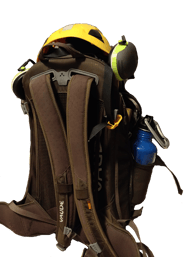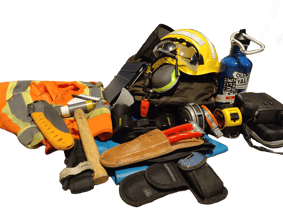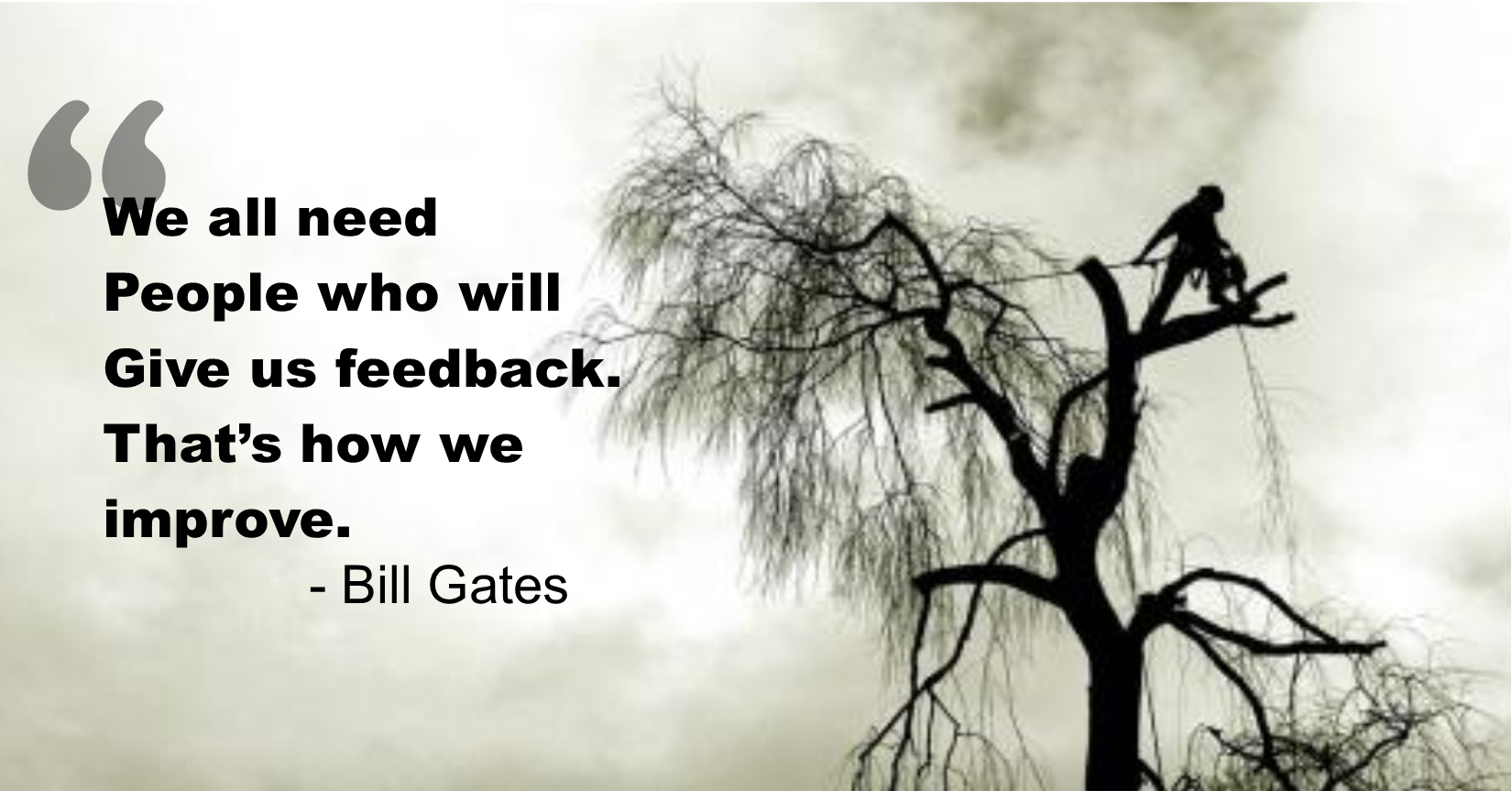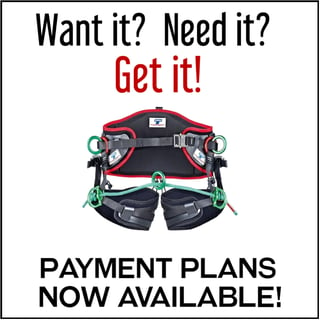Most Recent
Subscribe To Receive Our Blogs
Popular Stories
Popular Tags
Arborist General Interest Business Arborist Gear Skills Training Events Tree CareTree risk assessment and site supervision is becoming a job assignment for technicians as consulting arborists are consumed by larger projects in development, strategic planning and inventory management. If you are on the cusp of being assigned to tree risk assessments and investigations (or have already started), mentoring might not be available in your workplace to prepare you for what’s coming. For all the content that is presented during tree risk assessor training, gaps are inevitable based on the unique scope of work that comes to your workplace. Assessment tools are discussed to some extent in risk assessor training although I haven’t found those details to be sufficiently elaborated.
Having the right gear is a big benefit if you wish to consistently and efficiently produce high quality information from your site visits.
 Having your tools assembled in one place and ready to go quickly is one easy way to improve your performance and experience in the field. When I’m dispatched to an investigation or tree risk assessment, I can grab my backpack and binder and walk straight to my truck feeling confident that I have everything I need to do a thorough job collecting information. My preference is for gear that can either pack into my vest, attach to my belt, hang around my neck and in general be light weight and compact. This lightweight approach is ideal for many situations, but not all situations. Advanced (ANSI: Level 3) tree risk assessments and remedial actions are going to require some heavier and less-portable tools.
Having your tools assembled in one place and ready to go quickly is one easy way to improve your performance and experience in the field. When I’m dispatched to an investigation or tree risk assessment, I can grab my backpack and binder and walk straight to my truck feeling confident that I have everything I need to do a thorough job collecting information. My preference is for gear that can either pack into my vest, attach to my belt, hang around my neck and in general be light weight and compact. This lightweight approach is ideal for many situations, but not all situations. Advanced (ANSI: Level 3) tree risk assessments and remedial actions are going to require some heavier and less-portable tools.
PPE
The range of situations you may be sent to is vast -- come prepared with all that is required for most situations.
- Hardhat w/ headlamp and face shield
- Hearing protection w/ Bluetooth accessory
- Eye protection (clear and tint)
- Hi-vis surveyor’s vest
- Gloves
- Boots specific to the situation (Caulked hikers, CSA caulked rubber, CSA forestry/arborist, etc.)
Measuring
The quality of your measurements can make a big difference when the time comes for decisions to be made on risk management actions. Some situations offer a very short window to capture information; return visits may not be practical or possible. Consider the need for measuring proximity, crown spread, critical root zones, tree defect dimensions, height of tree, height of defect, distance between tree and ground disturbance, and distance of tree from target.
- 5m DBH tape
- 25m logger’s tape
- 8m linear tape
- Laser range finder (horizontal distance, vertical distance, and height measurement)
- Clinometer (angle measurement)
Tools
Having a few key tools can save a trip back to the shop, prevent the temptation of cutting corners, and provide a great deal more depth to your site information.
- Folding multi-tool (knife, common screwdriver heads, pliers, cutters, etc.)
- Folding bicycle multi-tool (common metric hex keys, metric wrenches, torx, etc.)
- Chainsaw bar wrench or chainsaw folding multi-tool
- Sounding mallet (Your preference: rubber head, metal head, nylon head, wooden head, etc.)

- Binoculars
- Secateurs and sheath
- Folding handsaw
- Mini mattock or trawl
- Telescopic cavity probe
Miscellaneous
These items contribute to preparedness, comfort and efficiency.
- Cellular and GPS-equipped tablet or phablet with weather protection and stylus
- Waterproof notepad, pencils, pens, permanent marker
- Lumber crayon
- Surveyors marking tape
- Combat tourniquet, pocket-mask, and pressure bandage
- Water bottle, non-perishable snack bars
- Tree tags and nails (I thump tree tag nails with the metal sides of my nylon sounding mallet)
- Dry bag (downpour protection for vulnerable gear, or to keep wet stuff isolated from dry stuff)
Binder (or clipboard)
Most of your references and fillable forms or spreadsheets are available anytime, anywhere on your tablet or phone presenting big efficiency benefits when you need to convert your site information to reporting. I’ve heard plenty of stories of technology letdowns from my colleagues and experienced it myself enough times to know that having some analog options on hand might be the difference between a less productive day and having to return to site later (which may not be possible). Paper references, notepads and pencils are more resistant to spontaneous shutdown and data loss, loss of cellular connection, dead batteries and so on. When it comes to interacting with others on jobsites and making interim recommendations, I find paper copies of industry standards, best management practices, bylaws, etc. to be taken seriously as compared to viewing them over a tablet or phone.
- Job hazard/tailgate forms
- Emergency procedures and contacts
- Your certification cards (if they are not in your wallet)
- ANSI A300 parts relevant to your work, ISA BMPs, and your personalized references
- Applicable environmental and wildlife laws, and tree protection bylaws for the region where you are working
- Risk assessment forms




